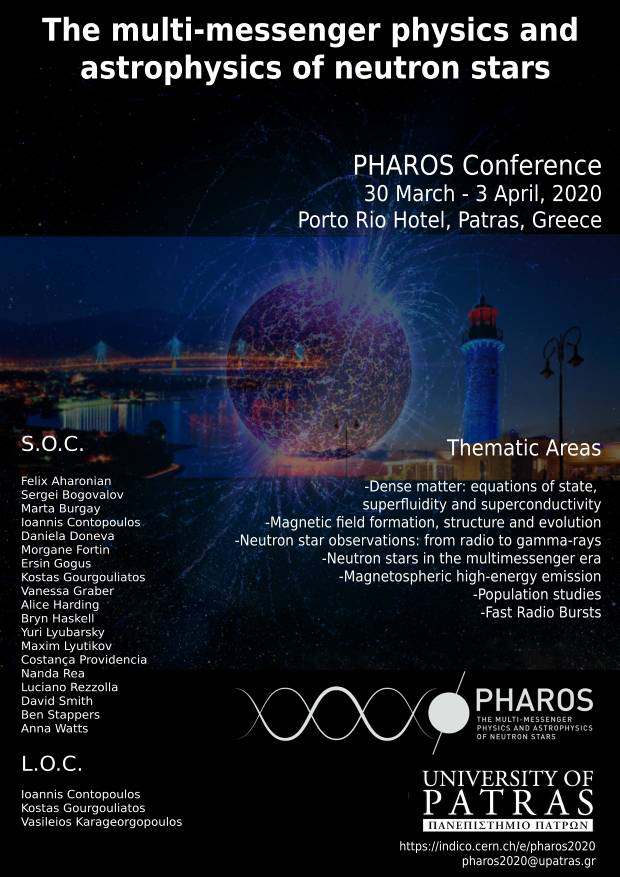Speaker
Description
The fast-spinning black-widow pulsar J1555-2908, recently discovered in radio, shows long-term variations in its spin frequency via gamma-ray timing analysis of Fermi-LAT data. If interpreted as a red timing noise process, these variations are much larger in amplitude than is observed from other millisecond pulsars. The frequency variations can also be explained by adding a second, light-weight companion to the system, with a wide orbit encompassing the black-widow system. With the current data, this hierarchical triple system model describes the pulsar's rotation as well as the timing noise model, and without increasing the number of free parameters. In this talk, we will describe the analysis and give details about the possible companion.

